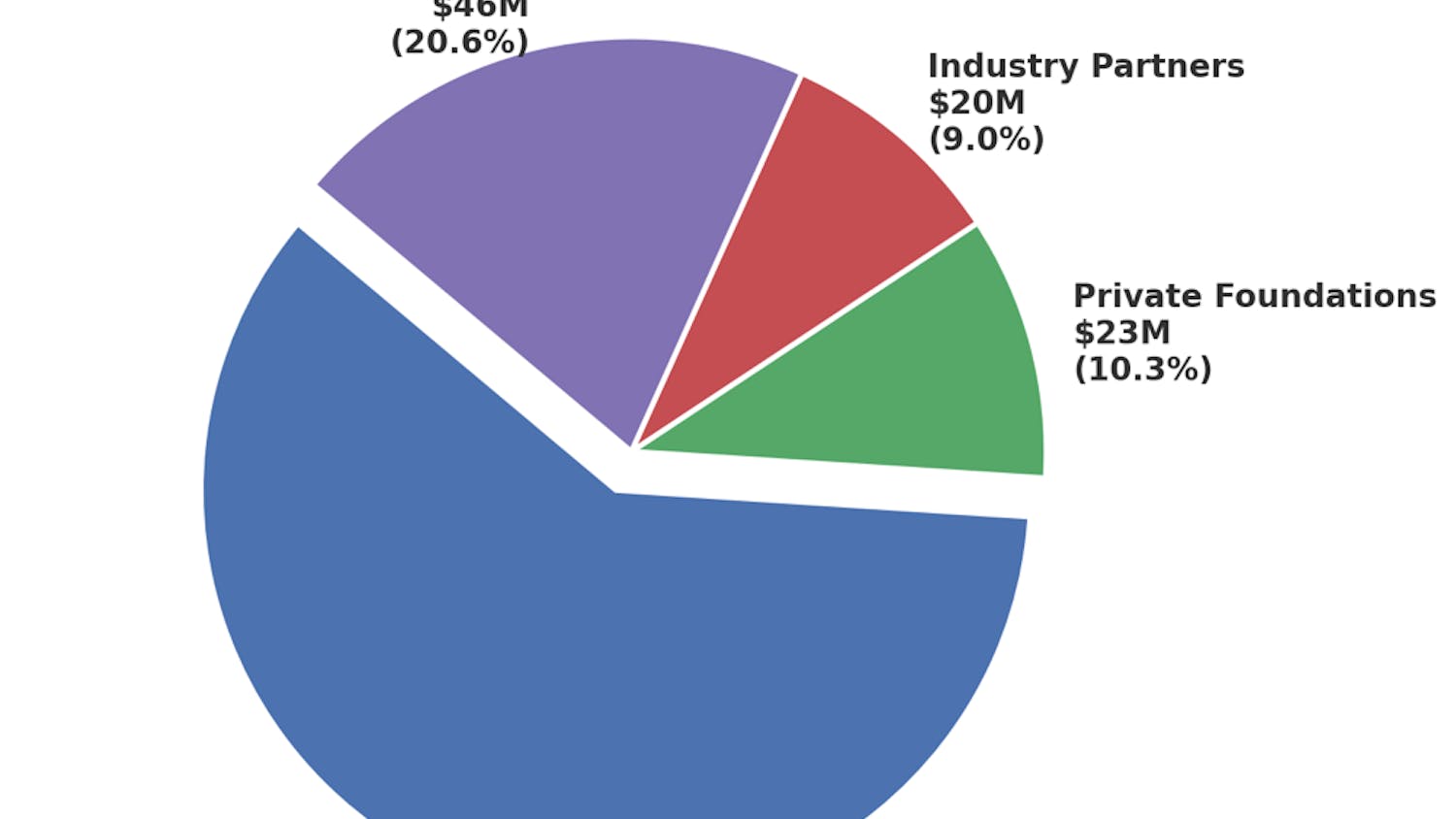Last Monday, three students were killed and another five were injured at a shooting at Michigan State University, a community just two and a half hours away from our own. Students on the East Lansing campus were told to return to classes a week later. The Editorial Board at the MSU State News said no, it was too soon. Thousands more agreed.
Students at MSU are tired. Students across the country are tired. And we are tired.
We’re tired of this senseless violence, yet we are not tired of addressing how it impacts us, even when — especially when — that violence happens somewhere else. Why then, does it seem like tri-campus leaders aren’t doing the same?
Gun violence has been a facet of our lives for so long — despite how loudly we say enough is enough — and we ask campus leaders to take more active steps toward making us feel safe here.
The University of Michigan released a statement expressing its solidarity for the MSU community. This statement included information on how students at the U of M can seek resources for support and announced its plans to come together for a vigil in honor of the victims. Why have we not done more to pay our respects and show our support?
In the last week, the institutions of our tri-campus have issued statements and posted to their official Instagram accounts, but the students of Notre Dame, Saint Mary’s and Holy Cross deserve a greater show of solidarity with our friends at MSU. Condolences are certainly worthwhile, but when they are only two sentences long, they can’t help but feel like checking off a box. We must do more to actively demonstrate support for those enduring an unspeakable tragedy. As three Catholic colleges, we have the opportunity to hold a Mass, for example, in remembrance of the lives lost and hurt by this shooting.
Moreover, it is presumptuous of campus leaders to assume, if tacitly, that students, faculty and other community members are not heavily impacted by this event just because it did not happen here. Many students know someone on MSU’s campus, some have directly experienced gun violence and others may be disturbed to be so close to this kind of tragedy for the first time. We are connected to MSU — even if we don’t have an official relationship.
We would like to thank our fellow student journalists at Michigan State University for their coverage during this traumatic time. The strength and bravery they have shown in keeping their campus informed amidst the unimaginable is deeply admirable, especially at a time when MSU students may feel manipulated by national press scouring for stories and interview subjects. Stories we would like to highlight include: Alex Walters’ coverage of a vigil for the victims; Maddie Dallas’ gutting account of how students sheltered during the lockdown; and SaMya Overall’s memorial piece of the three students lost. Their work has remained diligent at a time when it’s hard to keep going.
Alarmingly, this recent tragedy is one of at least 67 mass shootings so far in the first 55 days of 2023. Our generation grew up with regular active shooter drills in school — we learned how to barricade doors, where to hide in classrooms, how to know when we were safe. What seemed like the unimaginable has become commonplace. There are even students at MSU who have survived multiple school shootings.
Every time a new headline breaks, grief floods our timelines, followed in quick succession by a frightful thought: Where will it happen next? Students on all three of our campuses are rightfully concerned about their safety now more than ever.
One specific concern is how infrequently active shooter information is distributed by the University. Knowing there’s a plan — or at least knowing how to access it — often provides comfort in times when tragedy strikes. While we understand how confidentiality may be a safety measure in itself, the reluctance to talk about the possibility at all is concerning. The University could do more to reassure students that there is a plan and publicize how students would hear important information if we became the next victims of violence.
While some may argue this kind of preparation is akin to paranoia, when students are experiencing this fear at such a high rate, it’s no longer over-preparedness. Faculty, staff and students are required to complete active shooter preparedness training once but a more consistent interaction with this resource would be beneficial. There are also national resources one can use to feel more prepared including a guide from the Department of Homeland Security (personal protection begins on page three) and a webinar workshop from the Cybersecurity and Infrastructure Security Agency.
This isn’t something we should have to prepare for, but when it is the reality students face, the University should readily be providing us with these resources. It’s time to stop acting like we would never experience something like the students at MSU are living through right now.
Observer Editorial: Where will it happen next?
The views expressed in this column are those of the author and not necessarily those of The Observer.









